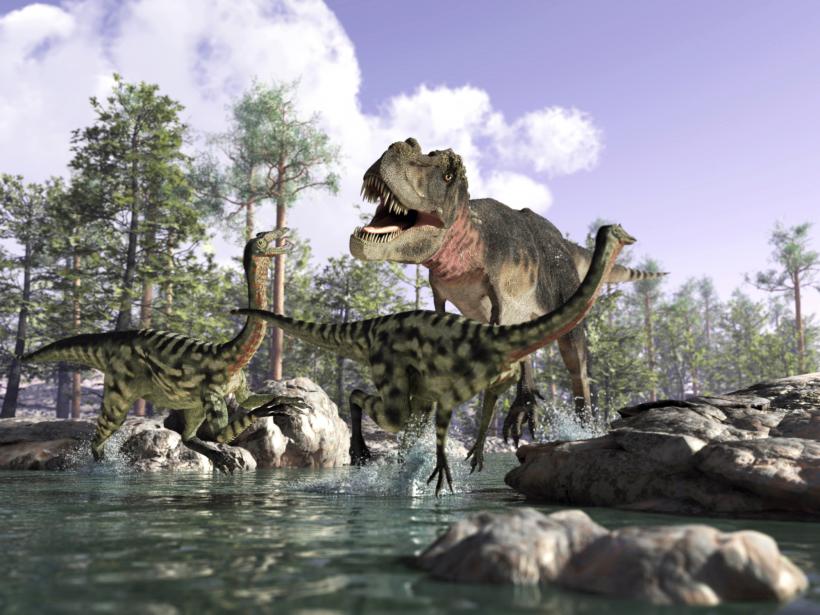
It’s a distinction between animals that’s ground into every elementary schooler: Is a critter warm-blooded or cold-blooded? Like the Sorting Hat from Harry Potter, making this designation instantly categorizes an animal into the glorious world of modern mammals, or into the steely existence of primordial reptiles and their amphibian posterity.
Given this perceived dichotomy, it seems obvious that dinosaurs would be cold-blooded; they are the seeming archetype of all things ancient and reptilian. But a new study makes a novel assertion: Dinosaurs may have straddled the fence between the two circulatory types. That’s right, they were a little bit warm, and a little bit cold, occupying a newly-described intermediate category called “mesothermy.”
Best of Both Worlds
Scientists focused on energy use to make their blood-centric argument. The team examined close to 400 different animal species—including 21 dinosaur remains—to link growth rate to metabolic rate. These two variables reveal the nature of an animal’s energy use, and distinguish the warm from the cold.
But lo and behold, dinosaurs seemed to come right in the middle, benefiting from a unique combination of advantages: Stable, warm body temperatures, fast-firing muscles and nerves and a lower requirement of food even at their grandiose sizes. In contrast, one of the authors said a mammal “wouldn’t be able to eat enough [to survive] if it was the size of a Tyrannosaurus rex." But really, no respectable mammal needs to be larger than a wooly mammoth, amiright?
New System
This murky middle business adds to a growing call for us to rethink the whole two-tiered blood groupings. Some assert circulatory systems should be classified along a spectrum, which would allow more accurate descriptions of certain modern energy oddballs like tuna, some sharks and the Australian mammal, echidna.
Looks like grade school biology just got a whole lot more complicated. Sorry kids, but science stops for no one.
Image: ThinkStock






